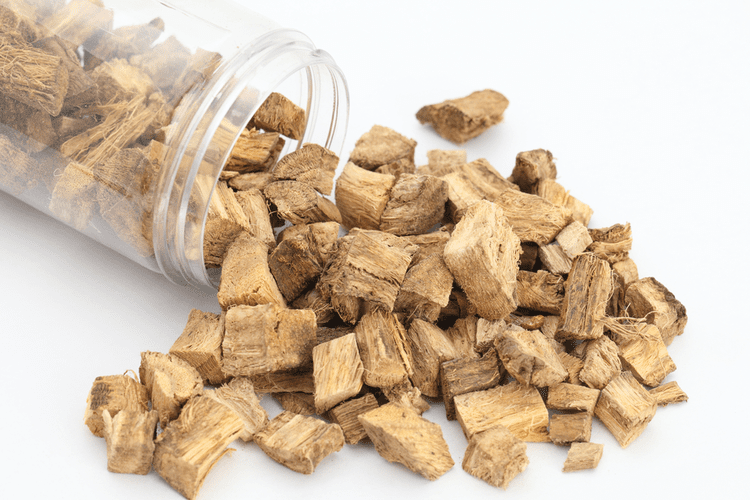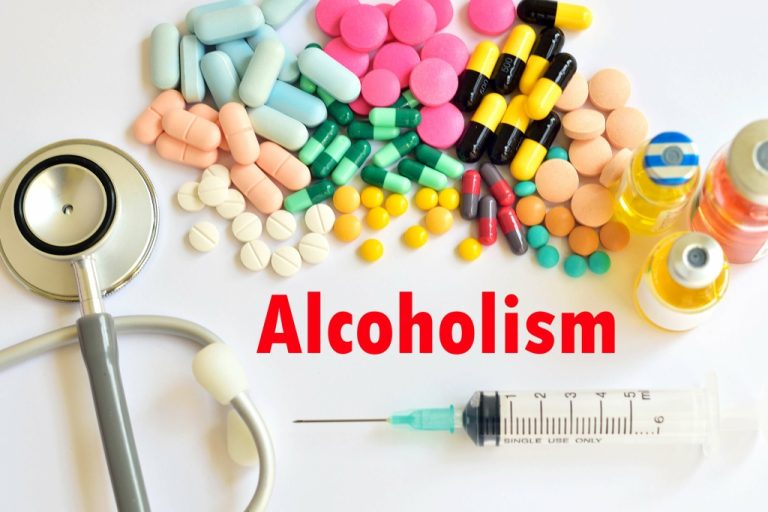What It Is Like Living in a Sober House: A Complete Guide
Content
We hypothesize that barriers to expansion of SLHs might vary by stakeholder groups. Drug and alcohol administrators and operators of houses might therefore need different strategies http://geriatricnurse.ru/t/1984454 to address the concerns of different stakeholders. The primary goal of a rehab center is to help the patient recover from substance use in a sober environment.

Supervision from clinical staff is a hugely valuable resource, especially during the vulnerable period when an individual is newly abstinent. A residential rehab is a place where detoxification from substances and rehabilitation to help prevent relapse is carried out in a residential setting. If you are struggling with a substance abuse disorder and a co-occurring disorder, we will create a treatment plan that addresses the root causes. In a sober home, you’re going to be surrounded by people who will support your recovery and hold you accountable. Struggling with a Substance Use Disorder can be an isolating experience. The stigma, guilt and shame can make it difficult to reach out for help.
Programs
The purpose of the rules is to help residents learn how to be responsible for themselves and their behavior. Depending on the severity, sober living homes typically require residents to pay a fine, resolve the conflict, https://kickstarter.org/forum/index.php?topic=2418.msg30290 or reflect on their actions in an essay. People who live in sober homes must learn to be good roommates and follow the house rules which include cooking and cleaning, respecting the curfew and, of course, staying sober.
- Residents can look into entitlement programs or other financial assistance, maybe from loved ones.
- At admission, nearly all residents are eligible for some type of government assistance (e.g., general assistance or social security disability) and use those funds to pay SLH fees.
- The sober living house cleaning schedule is up to the residents to create, and chores are assigned on a rotational basis.
- All residents, regardless of phase, are required to be active in 12-step recovery programs, abide by basic house rules, and abstain from alcohol and drugs.
- The costs of residing at a SLH are primarily covered by resident fees, and vary based on aspects such as amenities and geographic location.
- Our study design had characteristics that DeLeon, Inciardi and Martin (1995) suggested were critical to studies of residential recovery programs.
Over the past 15 years, Chris has worked as a tireless advocate for addicts and their loved ones while becoming a sought-after digital entrepreneur. Chris is a storyteller and aims to share his story with others in the hopes of helping them achieve their own recovery. We host nightly “family” dinners, weekly meetings, and regular outings to create an environment that promotes cohesive unity. The brotherhood between house members empowers everyone to walk through tribulations with much-needed support, and to meet our high standards. In the United States, 60.1% of individuals ages 12 and older use at least one substance (like tobacco, alcohol, or an illicit drug), according to the latest National Survey on Drug Use and Health.
Rules & Regulations for Living in a Sober Living House
Two additional measures were included as covariates because they assess factors emphasized by as important to recovery in SLHs. To assess current psychiatric severity we used the Brief Symptom Inventory (Derogatis & Melisaratos, 1983). This 53-item measure assesses severity of psychiatric symptoms on nine clinical scales as well as three global indices. Items are rated on a 5-point scale and ask about symptoms over the past 7 days. We used the Global Severity Index (GSI) as an overall measure of psychiatric severity.

The Poseidon Sober House for Men, a MARR Certified recovery residence, located in South Portland, Maine. This sober living home serves men who are serious about their recovery journey, supported through in-home meetings and support from a House Manager and staff. The Poseidon Sober House is poised to change lives across the State of Maine. http://mpilot.ru/items1-view-11223.html To keep residents safe, all successful sober homes have rules and regulations that you’re required to follow. While rules may vary, we’re going to discuss the general guidelines most homes require. Halfway houses tend to cost less money than sober living houses, but the overall cost can vary depending on location, amenities, etc.
Benefits of Halfway Houses
This support system allows residents to avoid the isolation that can sometimes come with returning home while in recovery. It further provides an environment to support recovery from substance abuse and addiction for those who are emerging from rehab. Sober living homes provide a combination of freedom and structure to help the person begin to adjust to life outside of rehab. They are set up specially to serve as transitional housing for people coming out of treatment. The New England State of Maine offers sober living options to all men and women suffering from substance abuse. Some sober houses are structured, some are democratic and peer-supported, some are certified, and some aren’t.
Can I be sober and happy?
Even though the initial phase can be hard, most people who stay sober for the long haul will tell you that they feel more joy and fulfillment than they ever felt when they were drinking. People get their health back, and have the time and energy to pursue careers and relationships that fulfill them.
Once you’re finished a clinical treatment program, it can be hard for many people to move right back into life, with all its responsibilities and potential triggers. You’re free to work or go to school while also being held accountable for your recovery. Halfway houses serve as the halfway point between an institution and independent society, with residents usually coming from either correctional or inpatient treatment facilities. The good news is that because halfway houses are government-funded, many insurance companies (especially Medicaid under the Affordable Care Act) will cover the cost of your stay. You’ll want to check with your insurance carrier to see what coverage they will offer for a stay at a halfway home.
Vanderburgh House Sober Living in Maine
A big part of staying in a sober living home is creating positive friendships that help to reinforce the desire to abstain from drugs and alcohol. Sober houses offer an important service to individuals in early recovery. Independent living is difficult, and sober housing offers an attractive alternative to many options available to men and women in early recovery.
- The rules, expectations, and community in a sober house gives recovering addicts the support and structure that they need to ease their transition back to their normal daily lives.
- Individuals in search of sober living housing can usually discuss referrals and costs with their addiction treatment program staff.
- Sober living houses, also known as recovery homes, are somewhat different from halfway houses.
- The staff doesn’t provide any clinical or medical services, but many residents attend outpatient treatment or participate in recovery-based groups while they live there.
We suggest that efforts to translate research into treatment have not sufficiently appreciated how interventions are perceived and affected by various stakeholder groups (Polcin, 2006a). We therefore suggest that there is a need to pay attention to the community context where those interventions are delivered. In a recent analysis of CSTL residents we looked at psychiatric severity as a predictor of alcohol and drug outcome using growth curve models (Korcha et al (2010). We found that a subgroup of about a third of the residents had significantly higher psychiatric severity than other residents and had significantly worse outcomes. Our work on identifying and describing these residents with worse outcome is continuing. It was noteworthy that a wide variety of individuals in both programs had positive outcomes.
Some houses have a “residents’ council,” which functions as a type of government for the house. Depending on the property and room option you select, you may pay anywhere from $550 to $1,800 per month. It is important to check that there are gym facilities, daily meetings, nutritional advice and regular therapy sessions and that the facility is well staffed. A high level of discipline and focus on routine and keeping active demonstrates that the facility is truly prepared to help people change their lives.
